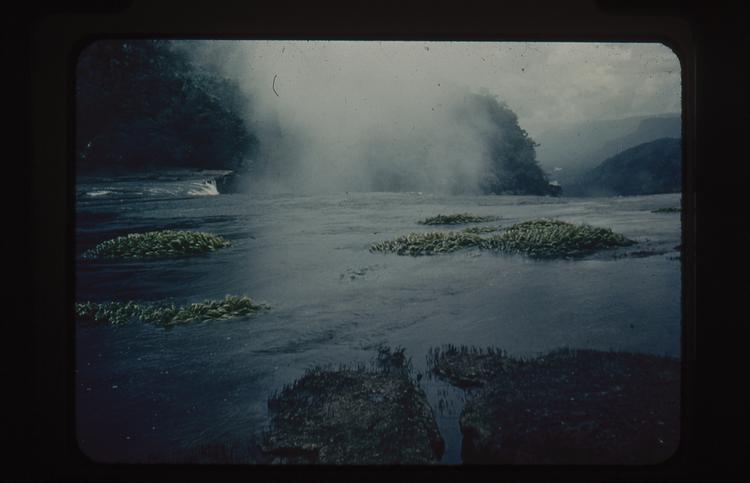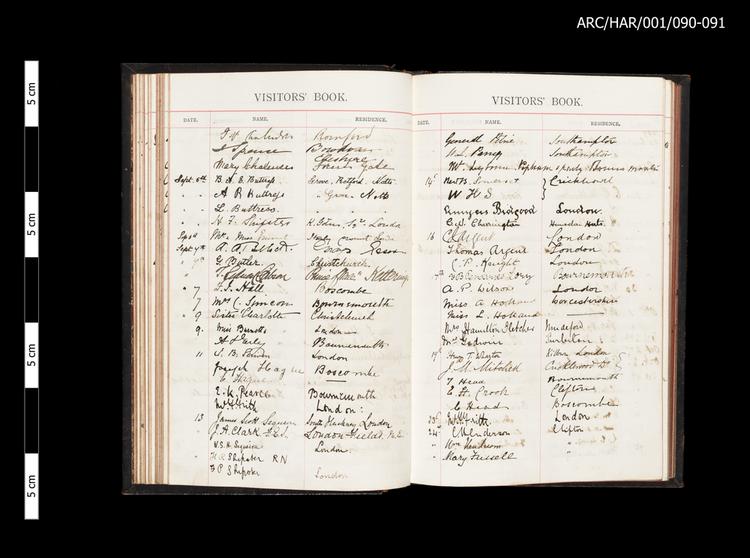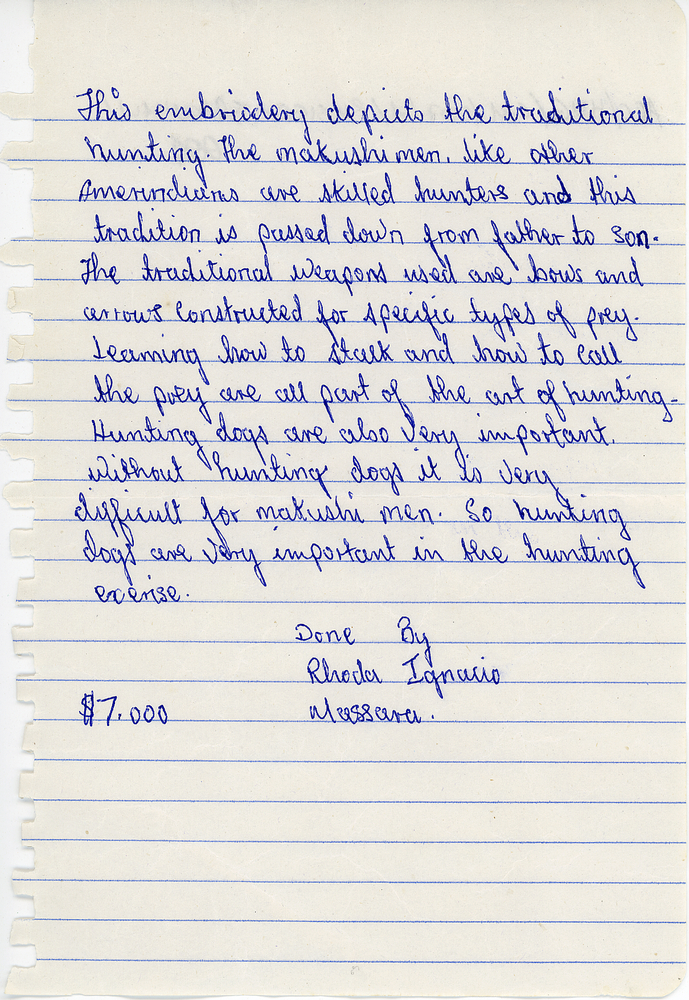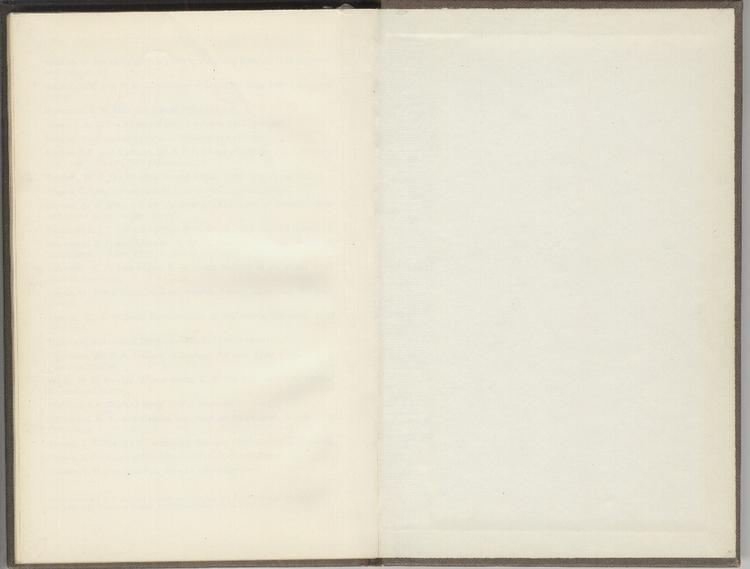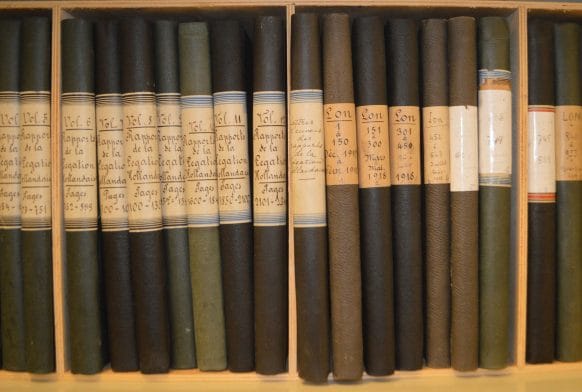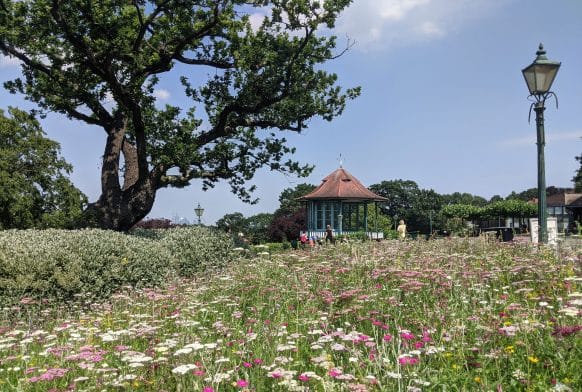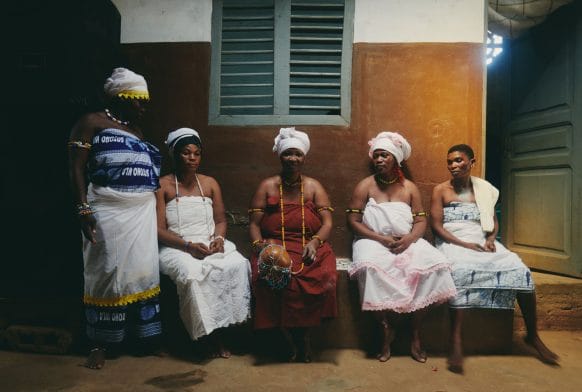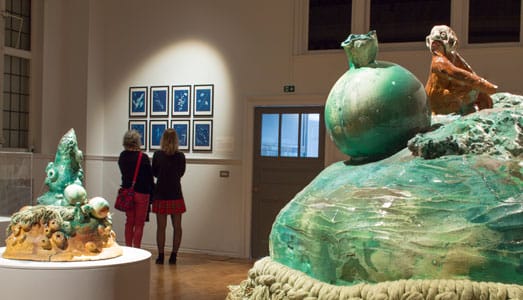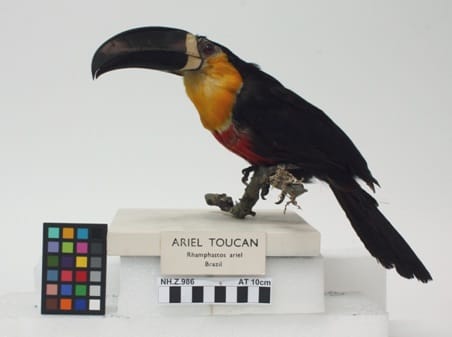
One article discussing the reopening of the museum; important names of the day are noted to have been present at this event including: Sir John Richard Somers Vine F.R.G.S., F.R.S., Mr and Mrs Emslie Horniman and Mr. T. P. O’Connor M.P. The article describes that the collection of items within the museum has become so extensive that structural changes had been made to the building in order to accommodate the museum’s new artefacts. It is also noted that there have been “principal additions to the museum during the past few months”. Some of these artefacts include: a Japanese Cloisonné vase and a Japanese bronze temple bell. Additionally, the author writes that the museum’s Musical Instrument Department had also acquired new items such as a 17th century viola-da-gamba. Following these, are further descriptions of the artefacts including a two-thousand year old mummy of an Egyptian lady and a chair made of “Basaltic stones from Giants’ Causeway Ireland”. Sir Somers Vine is noted not only to have obtained some of the new items in the collection, but the author writes that Sir Somers Vine was asked to re-open the museum. The article includes a detailed account of the Irish MP and journalist Mr T. P. O’Connor’s visit to the museum who describes it as “one of the pleasantest hours of [his] life”. Finally, the article notes that the lawn at the front of the museum and the building was illuminated on Tuesday and Wednesday with “coloured lanterns and fancy lamps”, and that the museum had 2225 visitors on Boxing Day.



